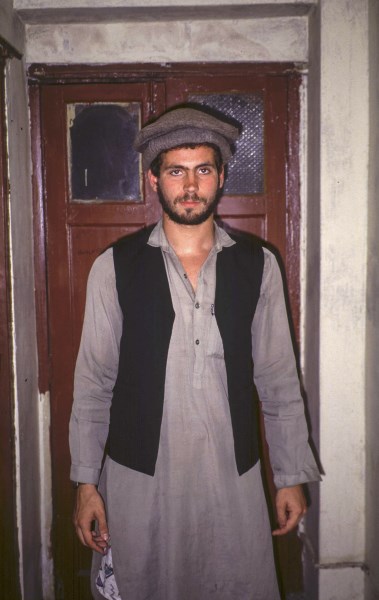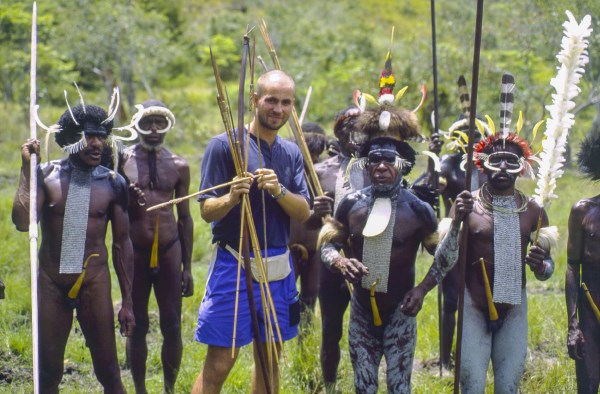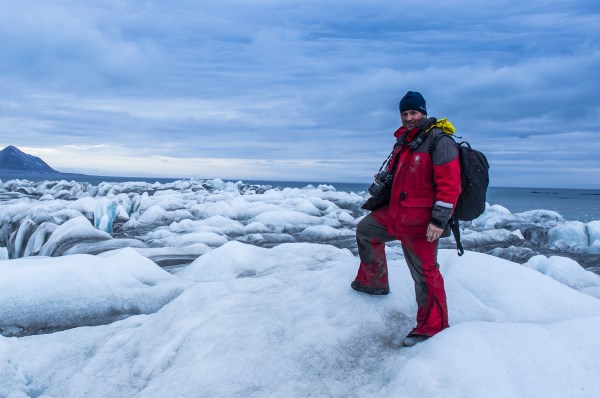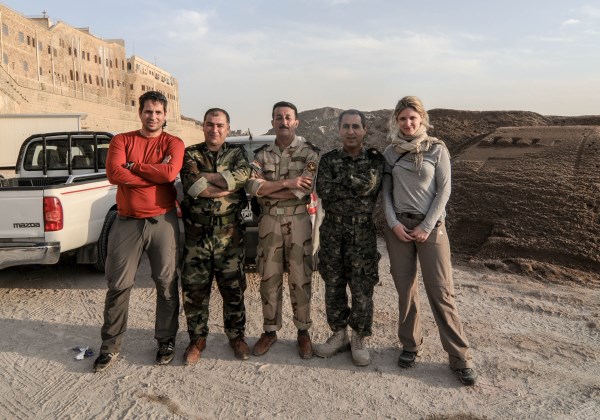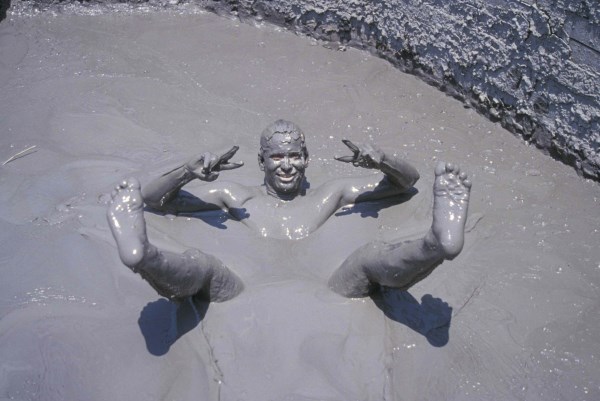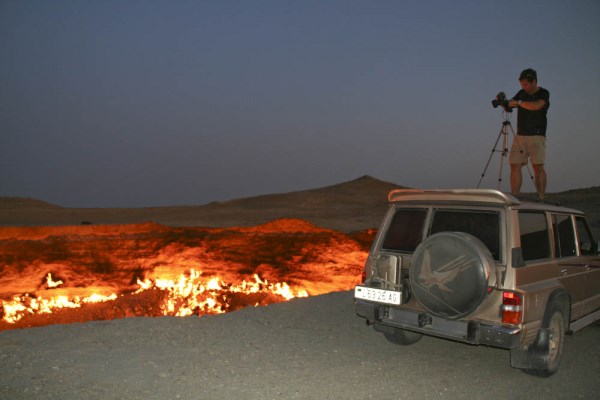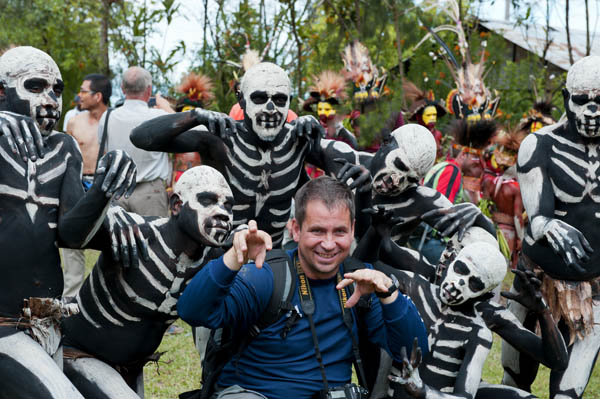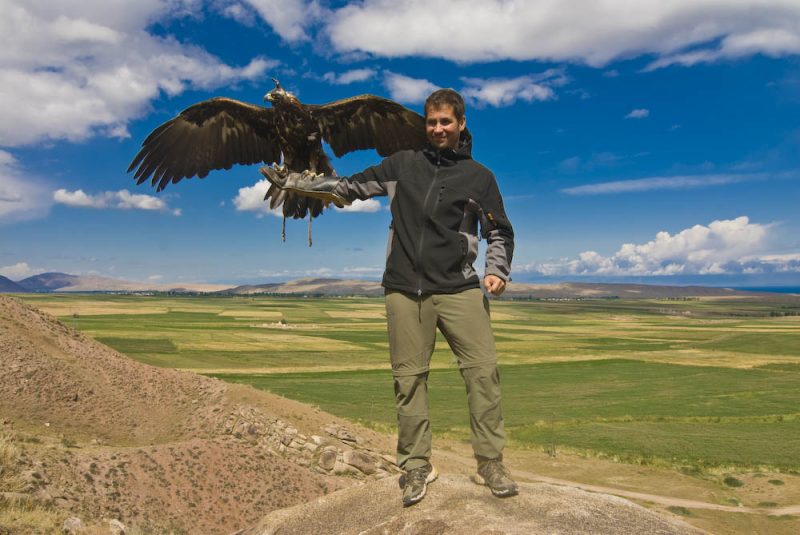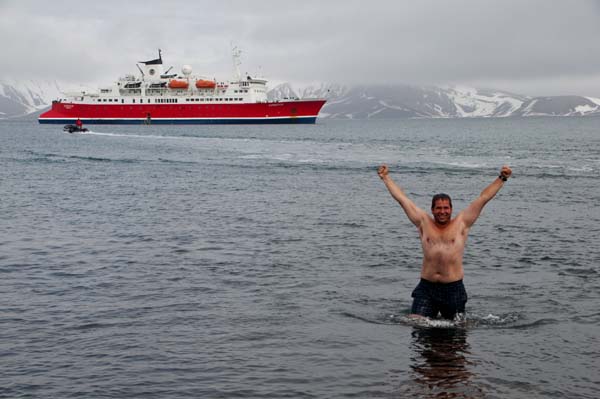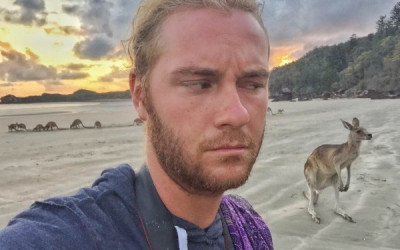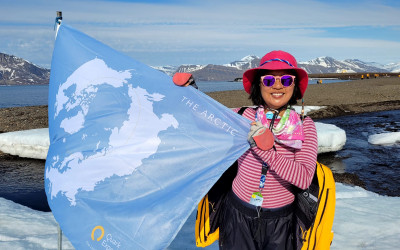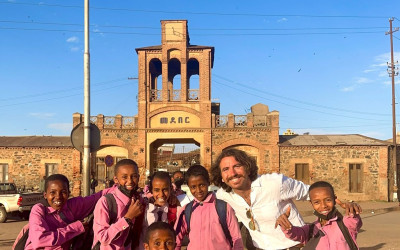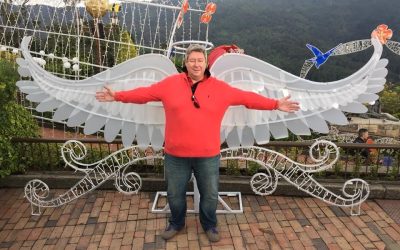Michael, you are a professional photographer. How does this influence the way you see the world?
Travelling as a photographer allows me to see some of the most beautiful spots and connect with some of the most beautiful people on the planet. I make an effort to portray native tribes especially, because indigenous groups are becoming more and more extinct. This requires more planning and a different approach, but all the legwork gives me an insight into peoples’ lives I otherwise wouldn’t have experienced. In all these years I have had so many wonderful experiences with people around the globe offering a more candid view than what I would have normally seen just travelling through.
How does being a photographer influence where you decide to travel?
I travel both to known and remote places in the world, driven by a few factors. One of my main priorities is time of year, season and weather. That makes a tremendous difference. Just imagine visiting Paris on a beautiful, sunny day in the late afternoon, when everything is golden. And then imagine the same situation, but it’s cloudy or rainy. Weather is a big deal for me. Another is keeping an eye out for festivals, ceremonies or gatherings unique to the region. That can be a make or break factor in planning a trip.
Are there any countries or cultures that are ‘easier’ or ‘harder’ to photograph?
Nowadays you can photograph in most countries without a problem. A few places in Africa are still a few steps behind, especially in larger towns with government institutions and infrastructure. You may be able to see everything on Google Earth, but could still end up in a local jail because of miscommunication with police or military. Often you have to apply for a permit, which is a process in and of itself.
With people, it’s a question of luck. I’m always friendly and respectful with locals and tend to strike up a conversation naturally; usually it’s never a problem to photograph them. A lot of the time they’re honored to have their picture taken. Generally speaking, it’s the individual versus the culture which makes it easy or difficult.
Tell us a little bit about your career as a photographer and where your work has been exhibited.
It all started in 1993 in Cambodia, at the end of the civil war. I was travelling with two New Zealand photographers I’d met on the plane, and back then there was next to no tourism there. We went to the Angkor ruins, which was stunning- the only other people there were monks and soldiers. The jungle had overgrown around the temples, and I was inspired by my new friends photographing this sacred place. I had only a little point and shoot with me, so when I got home I decided to take the plunge into photography. I was at school at the time and working for Adidas, whose headquarters were around the corner. I ended up financing my trips by photographing myself in their outdoor collections in remote corners of the world. Later on, I started to supply stock agencies around the world. Today I have a couple of thousand publications worldwide for tour operators, books, advertising, newspapers and magazines. I also photograph a lot of river cruise ships and have assignments with tour operators. In early 2018, I will have a running exhibit in one of the museums in Nuremberg.
Do you ever travel without your camera?
Rarely. I usually visit places I’m interested in and always take my camera with me. For short trips, I take a DSLR with about 3-4 lenses, for longer trips I always have two cameras and more equipment with me. The second camera is a backup in case there is a problem with the first. Saying that, probably 60% of my equipment when I travel is camera equipment the rest are clothes, toiletries and other stuff.
The only time when I leave my camera home is when I go skiing. That is more sports and less travelling and I don´t worry about the equipment.
You have been to 177 countries so you have a few more to go to ‘complete’ the list. Are you intending to do this? Why/why not?
Until some years ago, I was never into counting countries and territories. I spent much more time in the deeper provinces of India, China or Indonesia instead of focusing on all countries as a whole. But realizing how few people on the planet have ever been able to accomplish that, not only presently but in the history of mankind, made me rethink that this is something which wasn´t directly linked to my photography. My remaining countries are all in Africa and I will try to visit them in the next three years. The goal is to finish before I turn 50.
Do you have a ‘home’? And what is your feeling about it given how much you travel?
I live in Nuremberg in Bavaria, Germany. Even though I travel four months out of the year, I love having a home, friends and family. It was always really important for me to not become a nomad without any social ties. Whenever I’m in Germany, I try to live a regular life. It’s especially important now, because we have a daughter. We just returned from a 5-month round the world trip and want her to grow up in a normal environment with neighbours and the same bedroom. Since I travel so much, I have a great appreciation for Bavaria and it’s quality of life. The world here is fairly intact compared to the rest of the world in so many ways.
Having the opportunity to do what I do is a big blessing for me. To be able to see so much of the world, its cultures and sights is a gift I absolutely do not take for granted.
Do you believe in cultural stereotypes or not? In this regard, is there a ‘typical German’ and to what extent are you one?
Meeting so many different cultures gives you the general understanding that a lot of stereotypes come from left field. On the other hand, although everyone is different, the tendency towards a stereotype can sometimes add a general insight into how a culture is. For example, the idea that Germans are very organized and straightforward is as true as older people wearing “socks and sandals”. I don’t think I fully fulfil a German stereotype, although my wife would say I’m organized, reliable and “to the point”, but you’ll never catch me wearing sock and sandals or walking around in Lederhosen. (Unless it’s Oktoberfest, of course!)
Sometimes the stereotype is reversed: I’m married to an American who was stunned by how friendly, open, and interested in other cultures Germans were, both while travelling and at home in Nuremberg.
What kind of travelling do you prefer?
I usually do about six trips per year, mostly with my wife and now with my daughter. The other trips I do with friends and sometimes I travel by myself. Usually I stay in small hotels, bed & breakfasts and if I need to camp, I camp. I always rent a car, mostly without a driver unless it’s required. A car for me is the most important tool for my travels since I need the freedom to go when and where I want to take photos. Hotels and food are secondary. Spending a lot of money on hotels is a waste of resources for me, especially when travelling solo or with friends, since I only use it to sleep. I usually eat in restaurants versus cooking, since I’m out most of the day and early evening is some of the best time to take photos.
Tell us a travel story that has really made an impact on you.
A lot of stories come to mind, but this one changed my life completely. In 2003 I travelled to Iran during the holidays. On Christmas day I went to see the Citadel in Bam, which is in the south of the country. On that very day, December 25th, Bam got hit by a major earthquake, killing 85,000 people. I had been in a few earthquakes before so I was somewhat familiar with the sensation. This one happened at nighttime, which explains why so many people were killed. Luckily I was fast enough to push a friend I was travelling with out of bed and out of the house before the ceiling fell through and the house collapsed. Under extreme trauma, we managed to rescue more than 11 people by digging them out of the rubble with our bare hands for 12 hours. There was zero help; we were on our own. Our house was the only place where people survived. Since the other travellers who we rescued were from around the world, I got some notoriety in the media and decided to help the people in Bam. I created a fundraiser and collected almost 350,000€, stopped working for 8 months and under very difficult circumstances funded a school, a helping project for women and rebuilt the guest house I was staying at. It took me five years to accomplish it and definitely changed my life big time.
Are you active on social media? Do they help you professionally?
Because everything is photographed thousands of times, no travel photographer can afford to not be active on social media. I use Facebook and Instagram, and to a lesser extent LinkedIn and Xing (a German version of LinkedIn). Facebook was my first choice since it offers the most avenues of interaction and I regularly receive requests from photo buyers around the world but mostly, unfortunately, have a low budget. I’ve been on Instagram since last year where I noticed quite a lot of photo editors around. I haven´t had any sales or assignments yet through it, but I do get press requests and a certain amount of exposure and networking. Since it’s a photo app, I think it’s the visual platform for the near future.
What are your travel plans for 2017?
I’ll start off the New Year with about 7 new destinations in the Caribbean (British Virgin Islands, US Virgin Islands, Anguilla, Saba, St. Barts, St. Eustatius and Monserrat). In February I will be in the Maldives and in April, I plan to visit some spots in Eastern Africa: South Sudan, Somaliland and a few more. June will be in Europe taking photos for a cruise ship line, and for the rest of the summer, I’m planning a big trip through Western Africa to cover some of my remaining unvisited countries.
If you could invite four people from any period of human history to an imaginary dinner, who would they be and why?
My favourite person (or persons) would be the Obamas, who seem to be a really interesting family not only with their policy, but as people. Last February I did a month-long trip to Antarctica following the endurance of Ernest Shackleton. It is unbelievable how he and his team were able to survive the elements back then. I’d also have Ahmad Shah Massoud, the lion of Panjshir who fought against the Russians in the 1980s and who was apparently a charismatic leader of the Afghan opposition at that time. And finally, I’d have Jesus Christ at the table, just to get to the bottom of it all…
The photos in this article are from Michael’s personal collection. They show him in Afghanistan, Papua (Indonesia), the Arctic, Iraqi Kurdistan, Colombia, Turkmenistan, Papua New Guinea, Kyrgyzstan and in Antarctica.
